
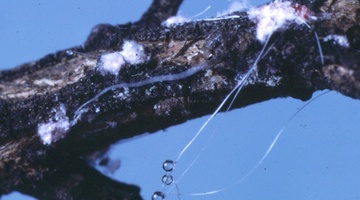
Our native forests – ngahere – have complex ecosystems. Within the wider ecosystems are smaller ecosystems, such as the one formed around honeydew. Honeydew is a sweet, sticky substance produced ...
READ MORE

Excrement-loving dung beetles, rolling their balls of animal poo across the ground, could one day become a familiar sight on New Zealand farms. These unlikely critters may help solve some of the ...
READ MORE

This article has been republished from The Conversation under Creative Commons licence CC BY-ND 4.0 and is written by Dr Angela (Ang) McGaughran, Senior Lecturer in Population Genomics ...
READ MORE
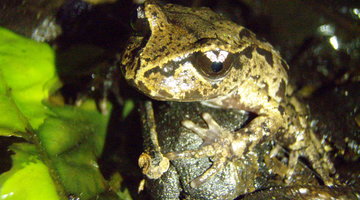
In this activity, students take on the role of a native frog, native bird or introduced mammalian predator and participate in a physically active simulation. The activity highlights different ...
READ MORE

Pitfall traps are simply containers dug into the ground so the top of the container is level with the ground. Sometimes a small roof can be erected over the trap to keep rain out. Insects that ...
READ MORE

Insect vision is quite different to human vision, but insects do see colours, and they use their colour vision to get around and find food. We can exploit their preference for different colours ...
READ MORE
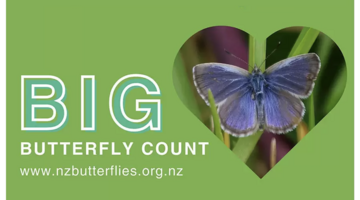
This New Zealand-based citizen science project collects data about butterflies in our gardens, schools, parks and farms – any location in the country or on the outer islands. This annual event – ...
READ MORE

Be part of a worldwide movement and use Global Earth Challenge to submit or classify photos to help our planet’s environment and human health. Global Earth Challenge is a citizen science campaign ...
READ MORE
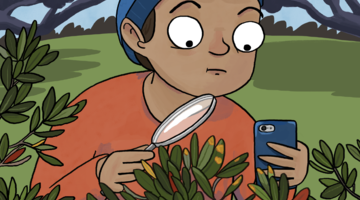
Myrtle rust is a serious biosecurity threat, and help is needed to monitor its spread. This citizen science project aims to gather information on the location, hosts and intensity of this fungal ...
READ MORE
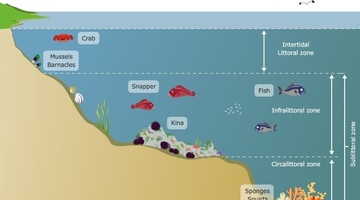
The rocky shore is a popular topic in primary school science. Below are some Science Learning Hub resources for primary teachers related to the rocky shore in the Living World strand of the New ...
READ MORE
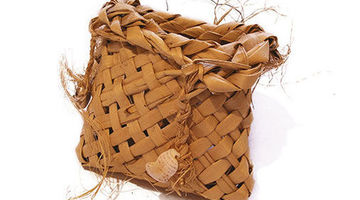
In this recorded professional learning session Tame Malcolm (Kaimahi Matua at Te Tira Whakamātaki) and Greta Dromgool from the Science Learning Hub explore kaitiakitanga. Many of us are familiar ...
READ MORE

Aotearoa New Zealand is fortunate to have a huge diversity of marine habitats and an extensive coastline – about 15,000 km in length! More than 75% of the population lives within 10 km of the ...
READ MORE
Our native forests – ngahere – have complex ecosystems. These ecosystems are under threat from introduced wasp species. In this episode of Project Mātauranga, Associate Professor Jacqueline Beggs ...
READ MORE
Researcher Rosa Henderson from Landcare Research NZ Ltd introduces the tiny scale insects and talks about their role in the ecosystem.
READ MORE
Dr Miles Lamare, from the University of Otago, has always been fascinated by biology. In this video, he talks about becoming a marine scientist and some of his experiences working in amazing ...
READ MORE
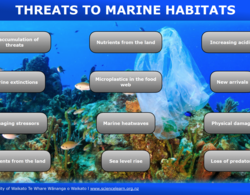
Human actions at sea and on land are putting increasing pressure on the ocean and the species that live there.
READ MORE

The marine environment of the Auckland Islands in the New Zealand Subantarctic Islands group is home to a diverse range of species. Use this interactive image to learn about this diverse ...
READ MORE
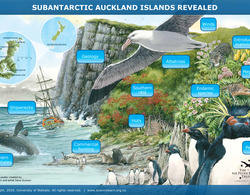
An interactive overview of the Auckland Islands. Click on the labels for more information. Select here to view the full transcript and copyright information.
READ MORE